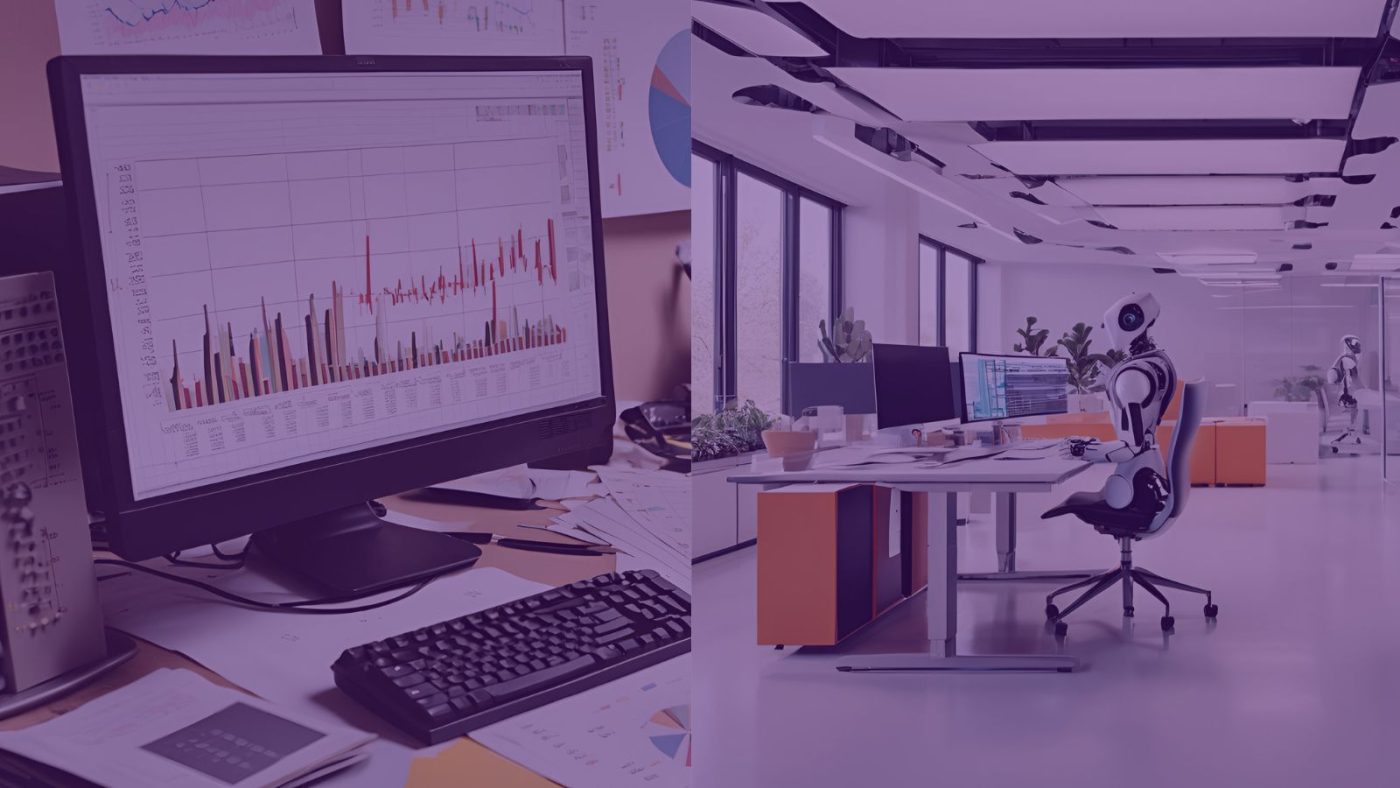From Reactive to Proactive: How AI is Transforming GRC for the Future
The Governance, Risk, and Compliance (GRC) landscape is evolving rapidly. Organisations are facing an increasing volume of regulatory changes, growing cyber threats, and operational challenges that demand a shift from traditional, reactive approaches to a more proactive, AI-driven strategy.
This shift was the focus of a recent webinar featuring Megan Maneval, Senior Product Marketing Director at LogicGate, and Caoimhe NiDhulaing, Account Director at CommSec. During the session, the experts explored how AI is transforming compliance management, risk assessment, and business continuity planning.
If you missed it, here is a deep dive into the key takeaways and insights on how AI is reshaping GRC and how businesses can leverage these advancements to build a more resilient risk management framework.
The Evolution of GRC: From Manual Compliance to AI-Powered Automation
GRC has been a critical business function for decades, but the methods used to manage compliance and risk have changed dramatically:
- 1970s-1980s: Compliance was largely manual, with organisations relying on paper records and spreadsheets to track regulatory requirements.
- 1990s: The rise of Enterprise Risk Management (ERM) sought to centralise risk processes, but compliance remained reactive.
- 2000s: Major regulatory changes like Sarbanes-Oxley (US) and GDPR (Europe) pushed businesses toward digital GRC platforms.
- 2010s: Cloud-based GRC solutions began automating compliance tracking, but many organisations still struggled with fragmented, siloed risk management.
- Today: AI is enabling real-time, automated compliance monitoring, predictive risk assessments, and proactive security strategies.

With regulations becoming increasingly complex and the need for real-time visibility into risks, AI is no longer a ‘nice-to-have’ it is becoming a necessity for modern GRC teams.
Why Traditional GRC Approaches Are No Longer Enough
Many organisations still rely on outdated compliance tracking and risk management methods that simply cannot keep up with today’s fast-changing landscape.
1. Regulatory Overload
A Thomson Reuters report highlights that over 300 regulatory changes occur daily across industries. Manually tracking these updates and assessing their impact on the organisation is impractical and error-prone.
2. Cybersecurity Threats and AI Regulations
The rise of AI-related regulations, such as the EU AI Act, adds another layer of complexity to compliance teams already overwhelmed by evolving privacy laws and cybersecurity threats.
3. Lack of Real-Time Risk Visibility
Many businesses still operate with siloed risk management processes, making it difficult to see the enterprise-wide view of potential vulnerabilities.
How AI is Reshaping Compliance and Risk Management
AI is transforming GRC from a manual, fragmented process into a dynamic, proactive strategy. Here are the key ways AI is changing the game:
1. AI-Powered Compliance Management
- Horizon Scanning: AI can automatically track regulatory changes and flag compliance gaps in real-time.
- Gap Analysis: AI can assess existing policies against new regulations and recommend necessary updates.
- Real-World Example: The European Central Bank uses AI-driven compliance tracking to monitor financial institutions for regulatory adherence.
2. Predictive Risk Intelligence
- AI can analyse vast amounts of structured and unstructured data to predict risks before they materialise.
- AI-driven early warning systems can detect cyber threats, geopolitical risks, financial instability, and supply chain disruptions.
3. AI-Driven Decision Making
- AI can simulate risk scenarios and provide prescriptive insights on mitigating potential threats.
- AI-driven analysis enables organisations to optimise risk strategies before implementing changes.
- AI minimises human bias by offering data-driven risk intelligence.
4. AI and Business Continuity Planning
- AI enables self-hardening security frameworks that adapt to emerging risks automatically.
- Real-time monitoring and AI-driven automation allow businesses to detect anomalies and respond to cyberattacks in milliseconds.
- Case Study: AI helped organisations improve hurricane response strategies by learning from pandemic response data, enabling better resource allocation and disaster planning.
How to Start Integrating AI into Your GRC Framework
Transitioning to AI-driven GRC requires a structured approach. Here are the first steps to take:
1. Conduct an AI Readiness Assessment
- Evaluate your current GRC maturity and identify areas where AI can add value.
- Assess your organisation’s openness to AI adoption.
2. Develop an AI Governance Structure
- Establish AI policies, ethical guidelines, and oversight committees.
- Ensure AI usage aligns with compliance requirements such as GDPR and the EU AI Act.
3. Start Small with AI Implementation
- Focus on low-risk AI applications like compliance tracking and risk detection before scaling up.
- Use AI to enhance existing processes rather than replace human oversight.
4. Invest in AI Training and Literacy
- AI adoption requires employees to understand and trust AI-driven decisions.
- AI literacy programs help GRC teams make informed decisions and manage AI-powered risk management tools effectively.
The Future of AI-Powered GRC
AI-driven GRC is evolving rapidly, with key trends shaping the future:
- Self-Learning AI Systems
- AI will become more autonomous, adapting to new risks and compliance requirements in real-time.
- Increased Regulatory Scrutiny
- Governments and regulatory bodies will intensify audits and enforcement of AI-driven compliance measures.
- AI’s Role in ESG (Environmental, Social, Governance) Compliance
- AI will play a larger role in tracking sustainability metrics and ethical business practices.
Conclusion & Next Steps
AI is revolutionising Governance, Risk, and Compliance by shifting organisations from reactive, manual compliance efforts to proactive, AI-powered risk management. As regulations and cyber threats continue to evolve, businesses must embrace AI-driven solutions to enhance their compliance processes, improve risk visibility, and build long-term resilience.
For more info watch the webinar on demand or request a one-on-one demo to see how the LogicGate GRC Platform can help you implement AI-driven compliance and risk management strategies today.

